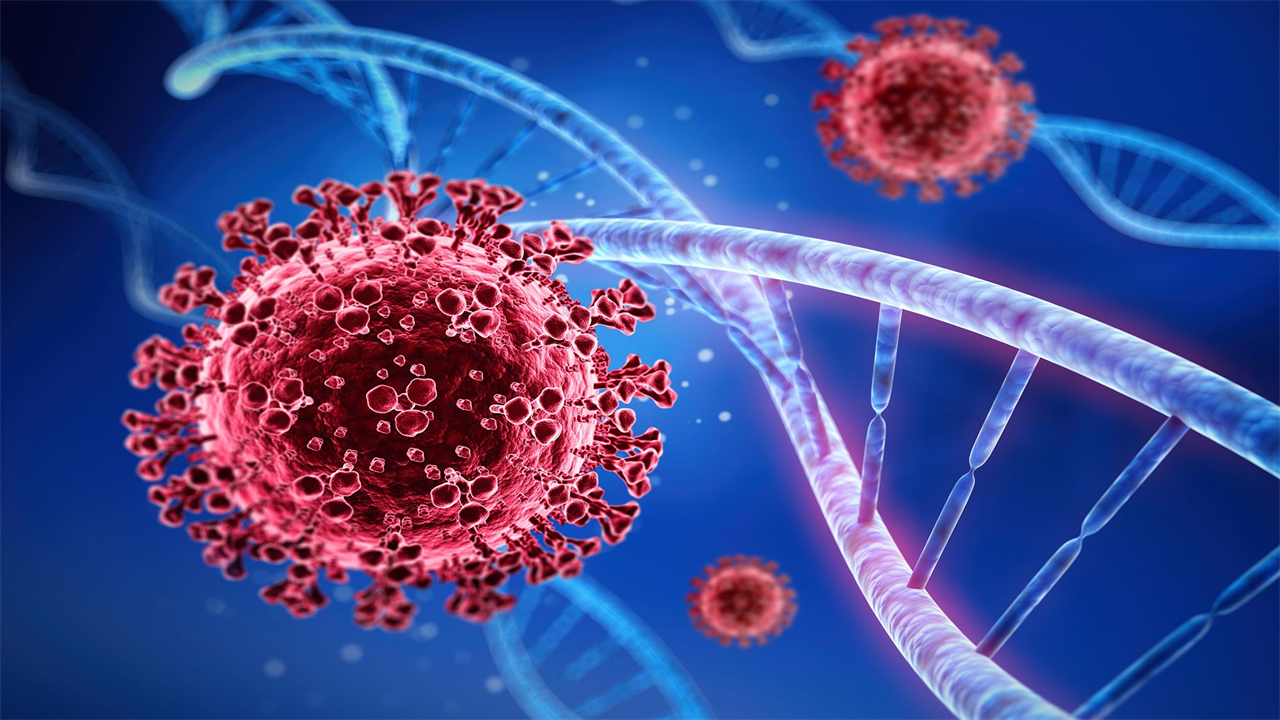COVID-19 Case Estimations From SARS-CoV-2 Genome Mutations
0 View
Share this Video
- Publish Date:
- 14 October, 2021
- Category:
- Covid
- Video License
- Standard License
- Imported From:
- Youtube
Tags

A new study published in Nature Communications reconstructs regional incidence profiles of COVID-19, highlighting the effects of non-pharmaceutical interventions (NPI) and different testing strategies.
Daily counts of new COVID-19 cases remain a basis for evaluating the state of the pandemic and are vital for making informed decisions about public interventions. However, these case counts are based on positive diagnostic test results and thus are highly dependent on the underlying testing strategy. But testing strategies vary from region to region and have changed dramatically over time, making their precise impact on the number of new diagnoses every day difficult to predict. Pandemic surveillance therefore requires more robust estimates of the number of newly infected individuals.
To better estimate new infection rates, researchers have developed and tested a new computational method that derives temporal profiles of viral incidence purely from genomic sequences and their sampling data. Because the viral genome underlies a steady process of mutation, the changes in sequence over time also follow its spread through the population.
“The mutations that arise in the viral genomes leave a signal that allows us to link genetic diversity to the size of the viral population and, in this case, also to the incidence,” said Denise Kühnert, leader of the tidal research group at MPI-SHH and co-author of the study.
Effect of non-pharmaceutical interventions
By calculating piece-by-piece constant estimates of the effective reproduction number between significant changes in non-pharmaceutical interventions, the study highlights possible effects of public measures on the spread of COVID-19.
The lockdown measures of many European countries are a prime example of this. In the spring of 2020, following the introduction of strict lockdown measures in Europe, the effective reproductive number fell sharply to below 1. When these measures were lifted at the beginning of the summer of 2020 in most countries, the effective reproductive number increased. number to more than 1 .
Stages of case underdetection
The team performed comprehensive state-of-the-art phylodynamic analyzes using SARS-CoV-2 genomes from four different regions (Denmark, Scotland, Switzerland and the Australian state of Victoria) to validate the new method.
“By comparing our results with reported case numbers, we were able to detect periods of underreporting,” said Ariane Weber, PhD student in the tidal research group and co-author of the study. “These include the first wave of infections in Scotland and Victoria, as well as small epidemic waves in Europe in the summer of 2020, which are not visible in the number of diagnostic cases,” Weber added.
Relative Case Detection
Using the incidence correlate generated by the new method and public data on testing strategies deployed, the researchers were also able to calculate case detection rates over time. These suggest that an increase in testing capacity generally leads to higher rates of detected cases. Surprisingly, however, the probability of detection decreases when the test criteria are relaxed. This offers a possible explanation for the observed underdetection of cases in Europe in the summer of 2020, when looser testing criteria were combined with unchanged testing capabilities.
Reference: “Rapid Incidence Estimation of SARS-CoV-2 Genomes Reveals Reduced Case Detection in Europe in Summer 2020” October 14, 2021, Nature Communications.
DOI: 10.1038/s41467-021-26267-j










